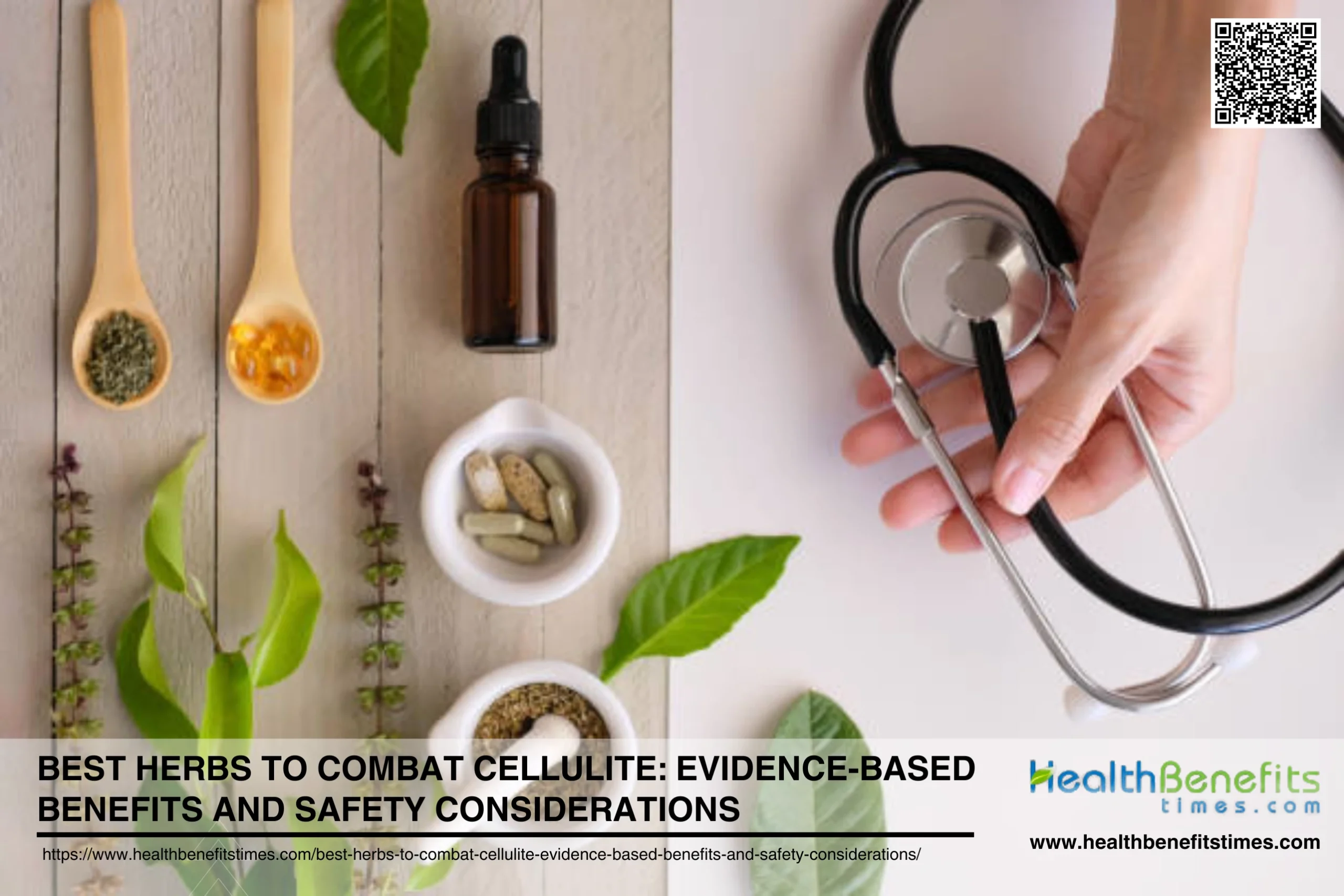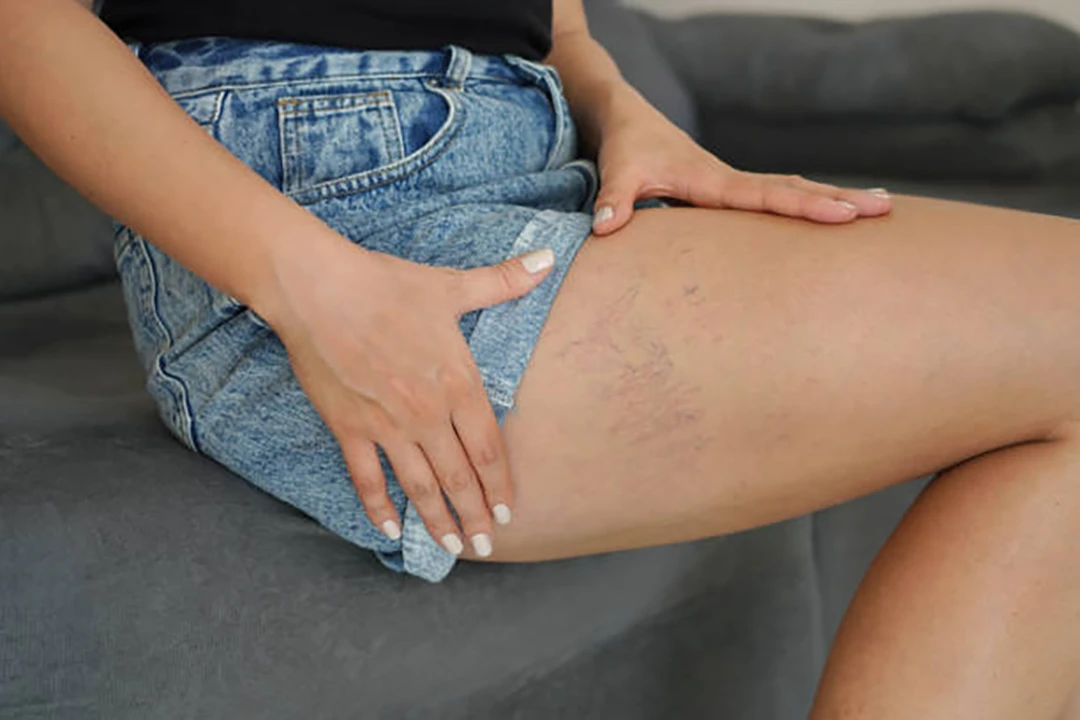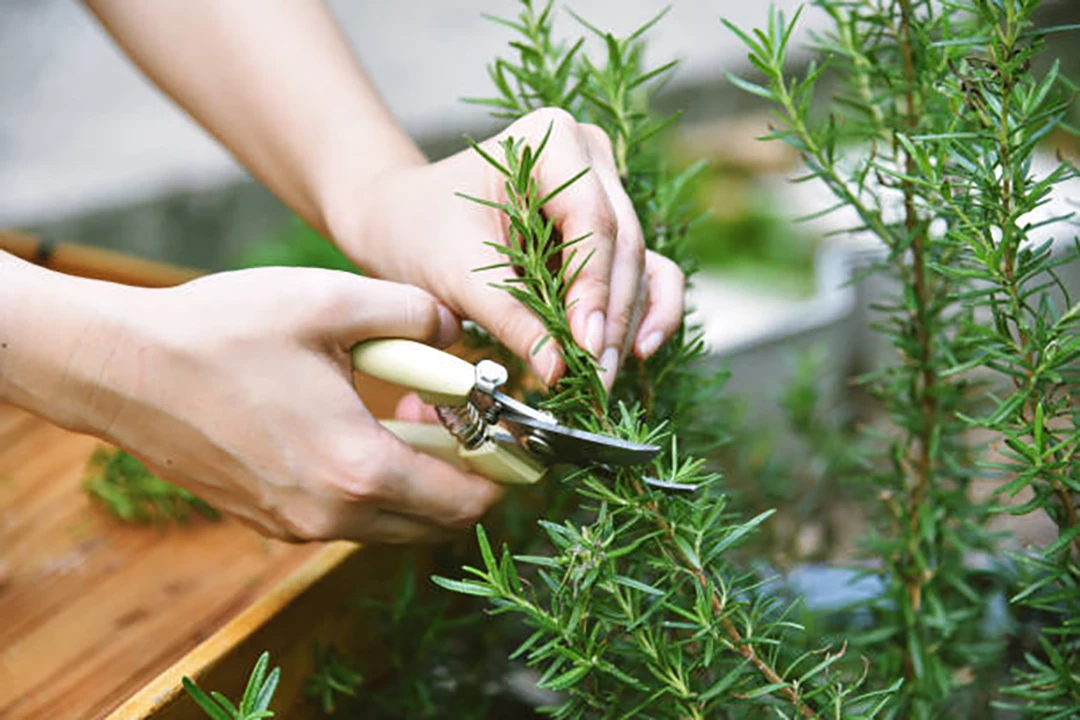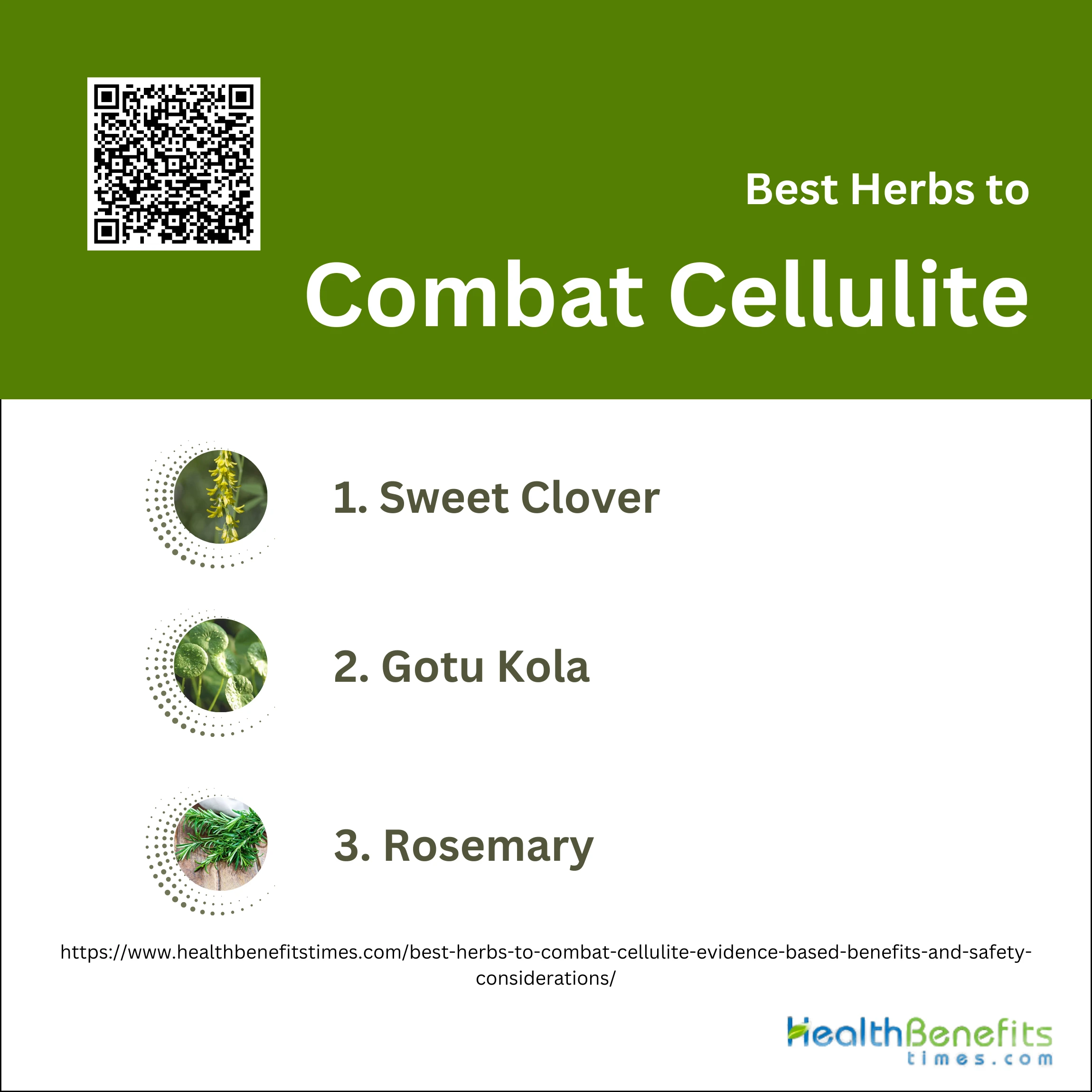 Cellulite is a common dermatological condition predominantly affecting post-pubertal females, characterized by a dimpled and uneven skin surface, often described as having a “Peau d’orange” or orange peel appearance. It primarily occurs on the thighs, buttocks, and hips and is associated with significant psychosocial and quality of life issues. The condition results from a combination of factors including skin laxity, tethering fibrous septa, and fat herniation. Although once considered a benign aesthetic concern, cellulite is now recognized as a pathological entity with systemic associations and a negative psychological impact on patients. The anatomical and hormonal basis of cellulite, along with its prevalence and the challenges in treating it, highlight its complexity and the need for a multifaceted therapeutic approach.
Cellulite is a common dermatological condition predominantly affecting post-pubertal females, characterized by a dimpled and uneven skin surface, often described as having a “Peau d’orange” or orange peel appearance. It primarily occurs on the thighs, buttocks, and hips and is associated with significant psychosocial and quality of life issues. The condition results from a combination of factors including skin laxity, tethering fibrous septa, and fat herniation. Although once considered a benign aesthetic concern, cellulite is now recognized as a pathological entity with systemic associations and a negative psychological impact on patients. The anatomical and hormonal basis of cellulite, along with its prevalence and the challenges in treating it, highlight its complexity and the need for a multifaceted therapeutic approach.
Types of cellulite
Cellulite is most commonly found on the thighs, buttocks, and abdomen, cellulite can appear almost anywhere on the body. Understanding the different types of cellulite is essential for choosing the most effective treatments and managing its appearance. Below, we’ll explore the various types of cellulite, how they differ, and what you can do about them.
- Incipient cellulite
- Full blown cellulite
- Hard Cellulite (Fibrous Cellulite)
- Soft Cellulite (Adipose Cellulite)
- Edematous Cellulite (Aqueous Cellulite)
Common Causes of cellulite

Despite its prevalence, the causes of cellulite are often misunderstood. While it’s a natural part of the body’s structure, various factors can contribute to its development. Here are some of the most common causes of cellulite that you should be aware of.
- Connective tissue architecture
- Genetic predispositions
- Hormonal disorders
- Endothelial dysfunction
- Adipose tissue architecture differences between genders
- Oxidative stress and remodeling phenomena in adipose tissue
- Environmental factors
- Anatomical factors
- Weight gain
- Poor diet
- Lack of exercise
- Dehydration
- Sitting too much
- Tight clothing
- Age-related changes in skin elasticity
Best Herbs to Combat Cellulite
Using herbs to care for cellulite instead of medication offers several advantages, primarily due to their natural composition and multifaceted mechanisms of action. Herbal treatments, such as the anti-cellulite herbal emgel and modified Thai herbal compresses, have demonstrated significant efficacy in reducing cellulite severity, improving skin firmness, and enhancing microcirculation without adverse effects. These treatments often contain a variety of botanicals with properties that target multiple pathways involved in cellulite formation, such as lipid accumulation, inflammation, and blood flow. For instance, essential oils and extracts from herbs like Rosemary officinalis and Annona squamosa have shown potent anti-inflammatory and antioxidant activities, which contribute to their effectiveness in cellulite reduction. Additionally, the use of herbal treatments aligns with a more holistic approach to health, minimizing the risk of side effects commonly associated with synthetic medications. Therefore, the natural, multi-targeted, and safer profile of herbal remedies makes them a compelling alternative to conventional medications for managing cellulite.
1. Sweet Clover
Sweet clover, a herb traditionally used for its medicinal properties, may offer benefits in the fight against cellulite. It contains coumarins, which are known to enhance blood flow and lymphatic drainage. Improved circulation helps in reducing fluid retention and the accumulation of toxins, both of which contribute to the formation of cellulite. Furthermore, sweet clover’s anti-inflammatory properties can help soothe the skin and reduce the appearance of dimpled skin. By promoting better circulation and reducing inflammation, sweet clover can support the body’s natural processes in breaking down fat deposits, making it a valuable natural ally in the quest to diminish cellulite.
What Research Says?
- Based on research carried out by Phytotherapy Research, a clinical study on Cellasene, a product containing sweet clover among other herbs, found no significant changes in cellulite reduction compared to placebo. In fact, some participants experienced an increase in cellulite.
How to Use
One popular method is to prepare a herbal tea by steeping dried sweet clover leaves in hot water for about 10 minutes, which can be enjoyed up to twice daily. Alternatively, sweet clover supplements are available in capsule or tincture form, which should be taken according to the dosage instructions provided by a healthcare professional.
Potential Side Effects of Sweet Clover
Sweet clover can cause several side effects, especially when consumed in large amounts. It contains coumarin, which can be converted into dicoumarol, a potent anticoagulant, leading to bleeding problems. Excessive consumption may also result in liver damage, as coumarin has been shown to have hepatotoxic effects in various animal studies.
Who Should Avoid Sweet Clover
Certain individuals should avoid using sweet clover due to its potential health risks. People with liver disease should steer clear of sweet clover, as it could exacerbate liver problems. Pregnant and breastfeeding women should also avoid it, as there is insufficient information on its safety during these periods.
Interaction with Medications
Sweet clover can interact with medications, particularly those that affect blood clotting and liver function. It may enhance the effects of anticoagulant or antiplatelet drugs, increasing the risk of bruising and bleeding. Additionally, when taken with hepatotoxic drugs, sweet clover can heighten the risk of liver damage. Medications such as acetaminophen, certain antibiotics, and statins are examples of drugs that may interact negatively with sweet clover.
2. Gotu Kola
Gotu Kola, a revered herb in traditional medicine, is gaining attention for its potential to combat cellulite. This herb is rich in compounds like triterpenoids, which are believed to enhance blood circulation and strengthen the skin’s structure, thereby reducing the appearance of cellulite. By promoting collagen production, Gotu Kola helps improve skin elasticity and firmness, making it a popular choice for those seeking natural remedies for smoother skin. Additionally, its anti-inflammatory properties can aid in reducing swelling and improving overall skin tone. Incorporating Gotu Kola into skincare routines, whether through topical applications or supplements, offers a holistic approach to managing cellulite, aligning with the growing interest in natural health solutions.
What Research Says?
- As per studies undertaken by Journal of Pharmaceutical and Health Research, Gotu kola contains asiaticoside, a compound with potential anti-cellulite effects when applied topically in gel form.
- According to studies performed by Pharmaceuticals, A clinical trial tested a herbal emgel containing volatile oils and extracts, which significantly reduced cellulite severity over 12 weeks.
How to Use
To effectively use Gotu Kola for reducing cellulite, it can be consumed in several forms, each offering unique benefits. One popular method is to take Gotu Kola supplements, available in capsules or tablets. Additionally, Gotu Kola tea, made by steeping the dried leaves in hot water, offers a soothing way to incorporate the herb into your daily routine.
Potential Side Effects of Gotu Kola
Common side effects include drowsiness, nausea, stomach upset, headache, dizziness, and skin irritation, particularly when applied topically. In rare cases, Gotu Kola can lead to liver damage, especially when taken in high doses or over extended periods. Allergic reactions, such as hives, itching, or swelling, may also occur.
Who Should Avoid Gotu Kola
Pregnant and breastfeeding women are advised against oral consumption of Gotu Kola due to insufficient safety data. People with liver disease, such as hepatitis, should also avoid it, as Gotu Kola can exacerbate liver problems. Additionally, those scheduled for surgery should discontinue use at least two weeks prior, as it may cause excessive sleepiness when combined with anesthetic medications.
Interaction with Medications
Gotu Kola can interact with various medications, potentially leading to adverse effects. It may increase the risk of liver damage when taken with hepatotoxic drugs, such as acetaminophen, certain antibiotics, and cholesterol-lowering medications. Additionally, Gotu Kola can enhance the sedative effects of central nervous system depressants, including medications for anxiety and insomnia, leading to excessive drowsiness.
3. Rosemary

Rosemary, a fragrant herb commonly used in culinary dishes, is also recognized for its potential benefits in combating cellulite. Rich in antioxidants and anti-inflammatory compounds, rosemary helps improve blood circulation and lymphatic drainage, which are crucial in reducing the appearance of cellulite. The herb’s essential oil, when used in massages, can stimulate the skin and promote the breakdown of fat cells, leading to smoother skin texture. Additionally, rosemary’s ability to enhance collagen production supports skin elasticity and firmness, making it a valuable natural remedy for those seeking to diminish cellulite.
What Research Says?
- According to investigations conducted by Plants, Rosemary contains bioactive compounds such as carnosol, carnosic acid, and ursolic acid, which contribute to its strong antioxidant and anti-inflammatory properties. These properties are beneficial in treating various skin conditions, including cellulite.
- As demonstrated by research from Pharmacognosy Research, Rosemary has been shown to improve microcirculation, which is crucial in managing cellulite. Enhanced microcirculation helps in reducing the appearance of cellulite by improving blood flow and reducing fluid retention in the affected areas.
How to Use
Rosemary essential oil can be mixed with a carrier oil such as coconut or jojoba oil to create a massage blend. This blend should be applied to the affected areas using firm, circular motions to stimulate blood flow and support lymphatic drainage, which are crucial for reducing the appearance of cellulite. For optimal results, this massage can be performed daily, allowing the active compounds in rosemary to penetrate the skin and promote smoother, more toned skin texture.
Potential Side Effects of Rosemary
While rosemary is generally safe when used in culinary amounts, consuming it in large quantities or using undiluted essential oil can lead to several side effects. These may include stomach and intestinal irritation, vomiting, kidney damage, increased sun sensitivity, and skin redness. In more severe cases, high doses can cause seizures, coma, or pulmonary edema.
Who Should Avoid Rosemary
Certain individuals should avoid using rosemary due to potential health risks. Pregnant women should steer clear of medicinal amounts of rosemary, as it may cause uterine contractions or miscarriage. People with seizure disorders should also avoid rosemary, as it may exacerbate their condition. Additionally, those with bleeding disorders or allergies to aspirin should exercise caution, as rosemary can increase bleeding risk and contains compounds similar to aspirin.
Interaction with Medications
Rosemary can interact with several medications, potentially leading to adverse effects. It may enhance the effects of anticoagulants and antiplatelet drugs, increasing the risk of bleeding. Rosemary can also interact with ACE inhibitors, diuretics, and lithium, potentially affecting blood pressure and electrolyte balance, or leading to toxic lithium levels. Additionally, rosemary may alter the metabolism of certain drugs processed by the liver, affecting their efficacy and side effects.
FAQs
- What lifestyle changes can enhance the effectiveness of herbal treatments for cellulite?
While herbal remedies can be beneficial in reducing cellulite, combining them with lifestyle changes like regular exercise, a balanced diet, proper hydration, and avoiding tight clothing can significantly enhance their effectiveness.
- Can I use multiple herbal treatments for cellulite simultaneously?
Yes, you can use multiple herbal treatments together, but it’s important to monitor for any adverse reactions. Consulting with a healthcare provider is recommended to ensure that the combination of herbs is safe and effective for your specific condition.
- How long does it take to see results from using herbs for cellulite?
The time it takes to see results varies depending on the herb, the severity of the cellulite, and individual responses. Some people may notice improvements within a few weeks, while others may require several months of consistent use.
- Are there any specific dietary recommendations that can support the use of herbs in reducing cellulite?
A diet rich in fruits, vegetables, lean proteins, and whole grains can support the body’s natural processes in reducing cellulite. Additionally, reducing intake of processed foods, sugars, and excessive salt can help manage fluid retention and fat accumulation.
- Can men develop cellulite, and can these herbal treatments be effective for them as well?
Yes, men can develop cellulite, though it is less common than in women due to differences in fat distribution and skin structure. These herbal treatments can be effective for men, though individual results may vary.
- Are there any age restrictions for using herbal treatments for cellulite?
Herbal treatments are generally safe for adults. However, they may not be suitable for children and teenagers unless recommended by a healthcare professional, as their bodies are still developing, and the safety of some herbs in younger populations has not been well studied.
- Can cellulite be completely eliminated with herbal treatments, or is it only possible to reduce its appearance?
Herbal treatments can help reduce the appearance of cellulite by improving skin texture, enhancing circulation, and reducing inflammation. However, complete elimination of cellulite is unlikely, as it is influenced by various factors, including genetics and hormonal changes.
- Is it necessary to combine topical and oral herbal treatments for cellulite for the best results?
While combining topical and oral herbal treatments can offer a comprehensive approach, it is not always necessary. Some individuals may see satisfactory results with just one method. However, combining both can potentially enhance the overall effectiveness.
- Are there any seasonal considerations for using herbal treatments for cellulite?
Some herbs may be more readily available or effective when used fresh during certain seasons. Additionally, during warmer months, skin may be more prone to sun sensitivity when using certain herbs, so sun protection measures should be taken.
- Can herbal treatments for cellulite be used during pregnancy or breastfeeding?
Many herbal treatments may not be safe during pregnancy or breastfeeding due to the potential effects on the mother and baby. It is crucial to consult with a healthcare provider before using any herbal remedies during these periods.


